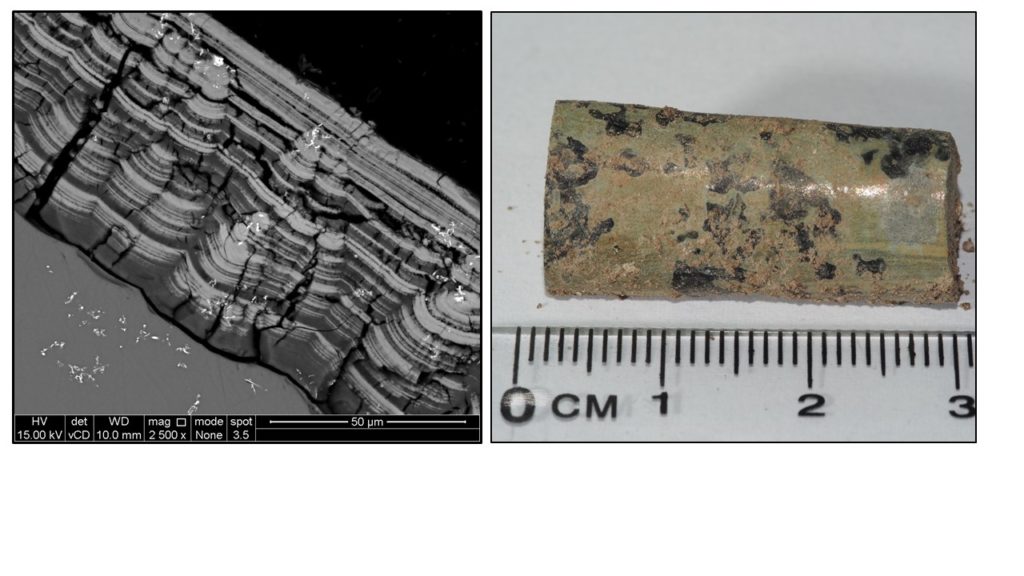Borosilicate glass is used in the UK, as in many other countries, to immobilise the high activity waste liquors resulting from spent fuel reprocessing. The majority of the 1,500 m3 of vitrified high level radioactive waste (HLW) currently in existence has been produced using an alkali-borosilicate base glass known as Mixture Windscale (MW) with a ~25 % waste loading. However, a transition to a Zn and Ca modified base glass is in progress to improve wasteform durability and prepare for vitrification of post operational clean up wastes from the UK’s Highly-Active-Liquor storage tanks. Following government policy, all vitrified HLW is destined for disposal in a geological disposal facility, the siting of which is currently underway using a community consent based process.
This talk will give an overview of the state of knowledge and ongoing research regarding UK HLW glass alteration (MW and Ca/Zn based compositions) comparing results obtained from shorter term laboratory studies with longer term (> 20 year) field studies. Laboratory experiments have probed the effect of changes in glass chemistry on UK HLW durability in controlled, closed, sterile, systems. Meanwhile, field tests offer insight into glass behaviour in complex open systems with changing geochemistry, influence from near-field mineralogy and geomicrobiology.

